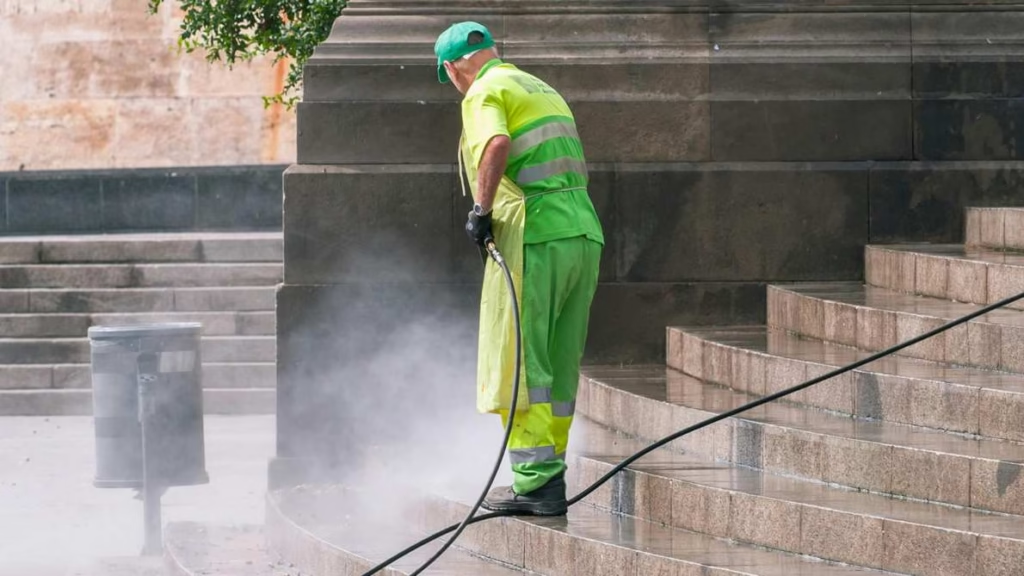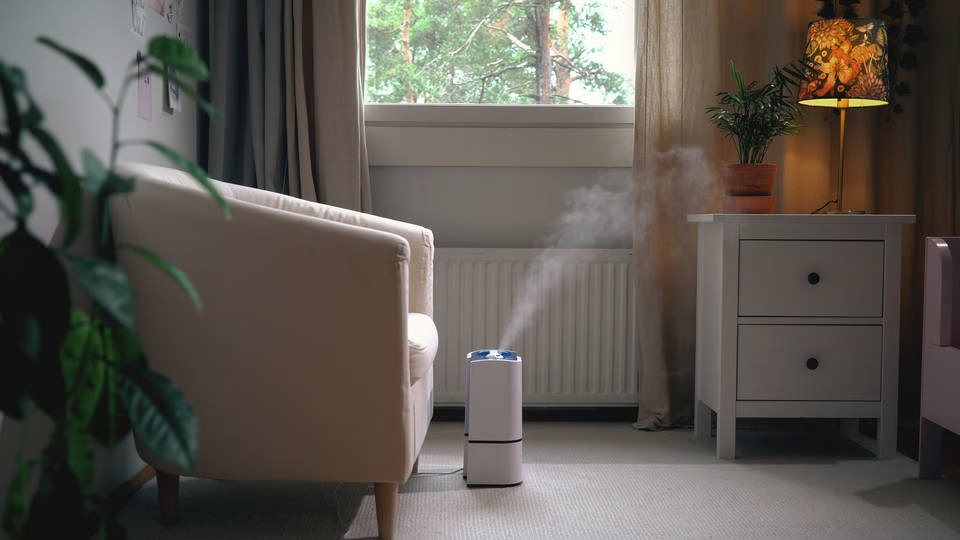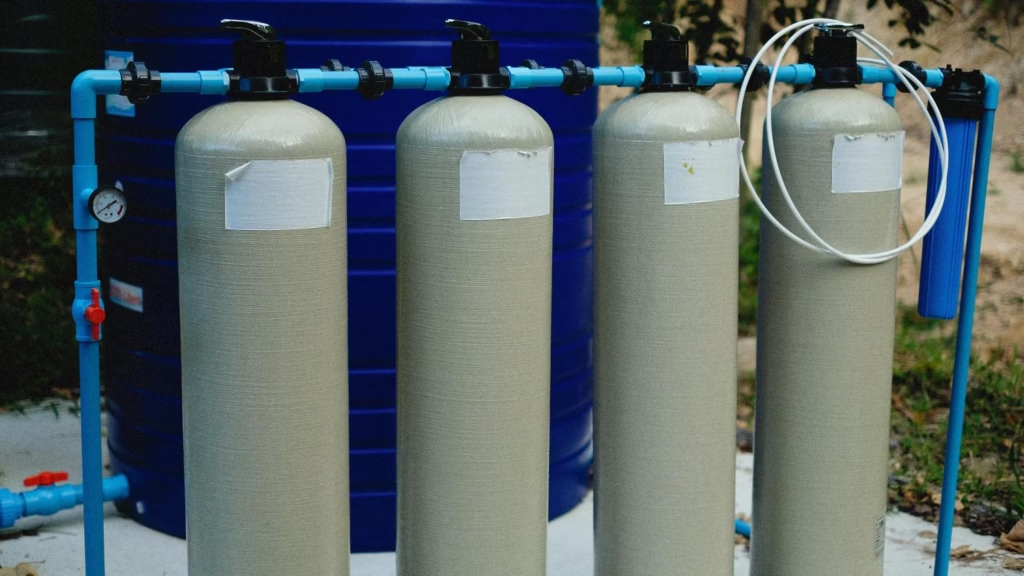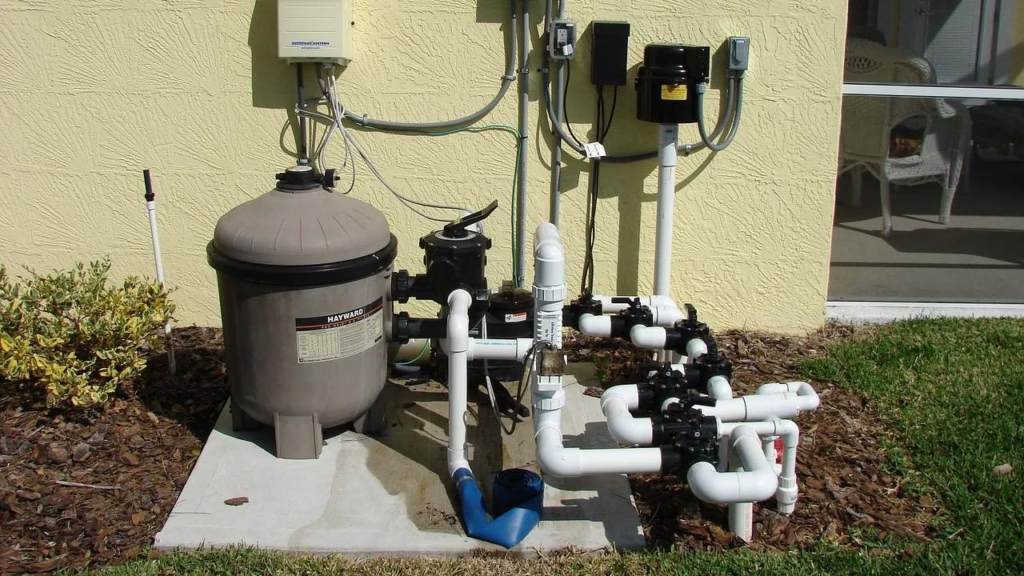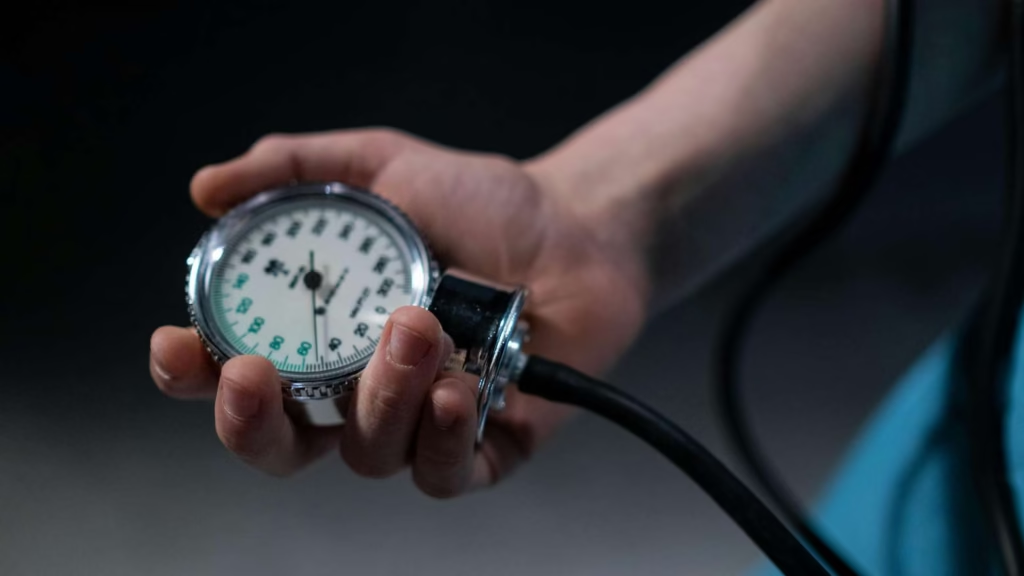Discover the best APES review book and prep resources for the 2026 exam. Compare Barron’s APES, Princeton Review APES, and more top AP Environmental Science study guides to ace your test.
Table of Contents
Key Takeaways
Getting ready for the 2026 AP Environmental Science (APES) exam means finding the right mix of tools. You need great books and online guides. Top picks like Barron’s APES Premium and Princeton Review APES offer deep content and practice tests. They also help you get used to the digital exam. The 2024 pass rate was about 53%. The test focuses a lot on sustainability and global change. You should pay close attention to big topics like populations and energy resources. Use free tools from Albert.io and Fiveable for extra practice. A steady study plan can help you reach a top score of 5.
The 2026 AP Environmental Science exam is coming up. This course mixes biology, chemistry, geology, and social studies. It tackles real world problems. The exam is now digital. This started in 2025 and continues for 2026. You can’t just memorize facts. You need to understand data, design experiments, and find green solutions—all on a clock. Feeling swamped by all the APES resources out there? You are not alone. Many students find it hard to pick the best APES review book or study guide for their needs and the new test style.
This guide will help. We will look at the top APES prep books. This includes favorites like Barron’s APES and Princeton Review APES. We will use the latest data on exam trends. We will also point out key online tools to build your skills. By the end, you will know how to pick the right resources and make a solid study plan. You can walk into your exam ready to get a 5. Use this guide whether you are learning on your own or adding to a class. It will boost your prep and help you shine.
Understanding the APES Exam: What’s New for 2026?
The AP Environmental Science exam (APES) checks if you grasp key ideas, can look at data, and can solve global issues. In 2024, about 53% of students passed. Only 9.2% got a perfect 5. This is a small drop from 2023’s 54% pass rate. It shows you need to prepare well as the test changes. The average score was about 2.80. This means targeted study can really help.
For 2026, the test is still digital for most students. This change began in 2025 for 28 AP subjects, including APES. You will use the Bluebook app. It makes navigation easy. It has a built-in calculator. It lets you practice with a timer just like the real thing. The test has 80 multiple-choice questions (60% of your score) and 3 free-response questions (40%). The total time is 2 hours and 40 minutes.
Key Topics and Their Weight
The test has nine main parts. Some areas count more than others. Here is the breakdown based on recent data:
- Unit 1: The Living World: Ecosystems (6-8%): Covers biomes, nutrient cycles, and energy flow.
- Unit 2: The Living World: Biodiversity (6-8%): Looks at ecosystem services, succession, and threats to species.
- Unit 3: Populations (10-15%): Focuses on growth models, human population trends, and carrying capacity.
- Unit 4: Earth Systems and Resources (10-15%): Deals with soil, air, and water resources.
- Unit 5: Land and Water Use (10-15%): Talks about farming, city growth, and green practices.
- Unit 6: Energy Resources and Consumption (10-15%): Compares renewable and fossil fuels, efficiency, and saving energy.
- Unit 7: Atmospheric Pollution (7-10%): Covers smog, acid rain, and how to reduce harm.
- Unit 8: Aquatic and Terrestrial Pollution (7-10%): Looks at waste, toxins, and health effects.
- Unit 9: Global Change (15-20%): Focuses on climate change, ozone loss, and ocean acidification.
Units 3, 4, 6, and 9 matter most. Make them a priority. The test now focuses more on math skills. You might need to find growth rates using the Rule of 70 (Doubling time = 70 / growth rate). You will also need to understand new data sets.
A Look at the Exam Format
Multiple-choice questions can be single or in sets based on graphs or text. Free-response questions usually ask you to design a study (Q1), look at a problem (Q2), and do math to find a fix (Q3). You can use a calculator the whole time. So practice with an approved one.
The test is now digital. Get to know online practice through AP Classroom or prep book websites. Data from 2024 shows that students who practiced on a screen did better on average. Tools that adapt to your needs are key. You can also check your progress with this helpful APES Score Calculator.
How to Pick the Best APES Review Book
Picking the right AP Environmental Science study guide is about your own needs. Look at reviews and teacher advice. Keep these points in mind:
- Content Coverage: Does it match the College Board’s guide? Look for books updated after 2019.
- Practice Quality: It should have full tests, clear answers, and FRQ guides. Aim for 3-5 practice exams.
- Visuals and Engagement: Good pictures and real examples make hard topics easier.
- Digital Tools: Since the 2026 test is digital, pick books with online practice, flashcards, and timed tests.
- Price and Value: Find options under $30 that give you a full review without extra fluff.
- User Reviews: From recent sources, pick books known for helping students raise their scores. Some have smart study planners.
Use this list to compare books and avoid old ones. The best books will talk about big ideas like sustainability (STB) and energy transfer (ENG).
Top AP Environmental Science Review Books and Prep Guides
We looked at the top APES prep books from recent sources. We checked their content, practice questions, and value. We used advice from teachers and student results.
Barron’s AP Environmental Science Premium: Deep and Detailed
Many call Barron’s APES Premium the best book for self-study. It covers all nine units in great detail. The 2026 edition has practice questions after each chapter and online lab experiments. It highlights laws, acts, and case studies for the FRQs. It trains you to think like an expert.
Pros:
- 5 full practice tests (2 in the book, 3 online) with full answer keys.
- Strong online site for flashcards and adaptive practice.
- Tough problems that are harder than the real test, which builds skill.
Cons:
- A lot of text might be too much for new learners. It has fewer pictures than other books.
- Costs about $27, but it is packed with value.
In recent reviews, students liked its diagnostic tests for finding weak spots. This helped them focus their study and raise their scores.
Princeton Review AP Environmental Science Premium Prep: Smart and Strategic
The Princeton Review APES Premium Prep is a top study guide for its friendly tone and test tips. The 20th edition (made for digital tests) has 4 practice tests, reviews with charts, and online flashcards. It is great for learning content and tactics like timing and smart guessing.
Pros:
- Clear explanations with real world examples. This makes tough topics easy.
- Timed online practice feels like the real digital test.
- Handy word lists and step-by-step FRQ guides.
Cons:
- Less detail on hard ideas than Barron’s. You might need more help if you homeschool.
- About $22, so it gives you a lot for your money.
Data from 2024 shows users loved its tips for avoiding traps. This helped them do better on multiple-choice questions.
5 Steps to a 5: AP Environmental Science: A Clear Plan
For a step-by-step method, 5 Steps to a 5 AP Environmental Science is a great choice. The 2026 edition gives a 5-step plan: take a practice test, review key topics, practice more, take full exams, and get tips to relax. It has 3 practice tests, daily questions, and unit summaries.
Pros:
- Teachers suggest it for its clear steps and FRQ practice that matches the new test.
- Low cost at $18, with digital tests and content for 2025 updates.
- Great for building skill through repeated practice.
Cons:
- Not as deep on content. Use it as a add-on, not your only book, for hard topics.
Recent reviews show it works well for last-minute study. Its study plans help students stay focused.
Other Good APES Resources
- Environmental Science for the AP Course: A good textbook for learning the basics. Costs $149. It has real practice but is not just for the test.
- Ultimate Review Packet: A low-cost online set with videos and packets. Good if you learn by seeing.
- Living in the Environment: Very complete but not aimed at the AP test. Use it with a prep book.
Compare the Top APES Prep Books
| Book Title | Price | Practice Tests | Key Strengths | Best For |
|---|---|---|---|---|
| Barron’s APES Premium | $27 | 5 (2 print, 3 online) | Deep content, labs | Self-studiers who want detail |
| Princeton Review APES Premium | $22 | 4 (3 print, 1 online) | Tips, pictures | Balanced prep with strategies |
| 5 Steps to a 5 APES | $18 | 3 (with digital) | Clear plan, daily questions | New learners or those who like structure |
These picks come from recent teacher advice. They fit the digital exam.
Must-Use Online APES Resources for 2026 Prep
Books are great, but online tools boost your study. Here are top picks from recent suggestions.
Albert.io: Practice with Feedback
Albert has thousands of MCQs and FRQs sorted by unit. You get feedback right away. It is perfect for key topics like global change. Pros: It adapts to your level and tracks your progress. It has a free version; premium is $29.
Fiveable: Learn with Others
Fiveable offers free study rooms, review sessions, and notes. Great for group study and last-minute help. Cons: It is less organized than books.
UWorld: Visual and Smart
UWorld’s APES prep has great pictures and over 250 questions. It has a smart study planner. For $29, it is known for being fun and up-to-date.
Other Free Tools
- College Board AP Classroom: Official videos, checks on your skills, and old FRQs.
- Bozeman Science: YouTube videos on every topic. Perfect for visual learners.
- Kwanga.net: Free PDFs with notes and test tips.
- Quizlet: Flashcards for terms and laws.
Use these with your prep book for the best results. Data from 2024 shows students who used online practice raised their FRQ scores a lot.
Smart Study Tips for APES Success
Get the most from your APES resources:
Make a Study Plan
- Study 10-15 hours each week. Use practice tests to find weak areas.
- Use the Rule of 70 for quick math: Practice population problems.
- Review big ideas each day: Link topics like energy flow to real news.
Practice the Right Way
- Spend about 1 minute per MCQ and 23 minutes per FRQ.
- Look at your wrong answers: Group them by topic (like types of pollution).
- Do digital practice tests from your book’s website.
Mistakes to Avoid
- Don’t skip the math: Know units like Joules for energy.
- Read FRQ prompts with care: “Justify” means you must give proof.
- Stay up to date: Read about climate change for real world links.
Top scorers in recent years practiced a little each day. This worked better than last-minute cramming.
Conclusion: How to Get a 5 on the APES Exam
Finding the best APES review books and tools for 2026 is easy with this guide. Pick Barron’s APES for depth, Princeton Review APES for tips, or 5 Steps to a 5 for a clear plan. Then add online tools like Albert.io and Fiveable for a full prep kit. The test is now digital. The pass rate is about 53%. A focused and smart study plan is your key to success.
Do well in AP Environmental Science for more than a good score. Learn about key world issues like sustainability and climate strength. Start now with a practice test. Make your plan. Stick with it. Your main takeaway? The right APES prep book and tools can turn worry into confidence. Go to a bookstore or shop online to get your top pick. Make 2026 your year to ace this test. Ready to master APES? Start today.




